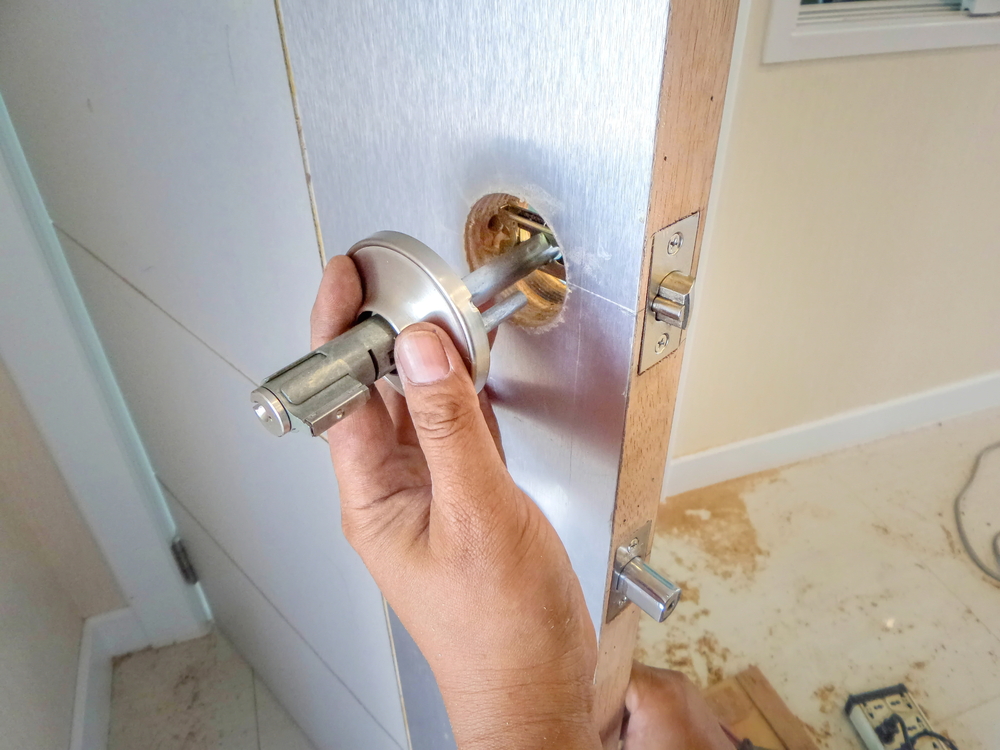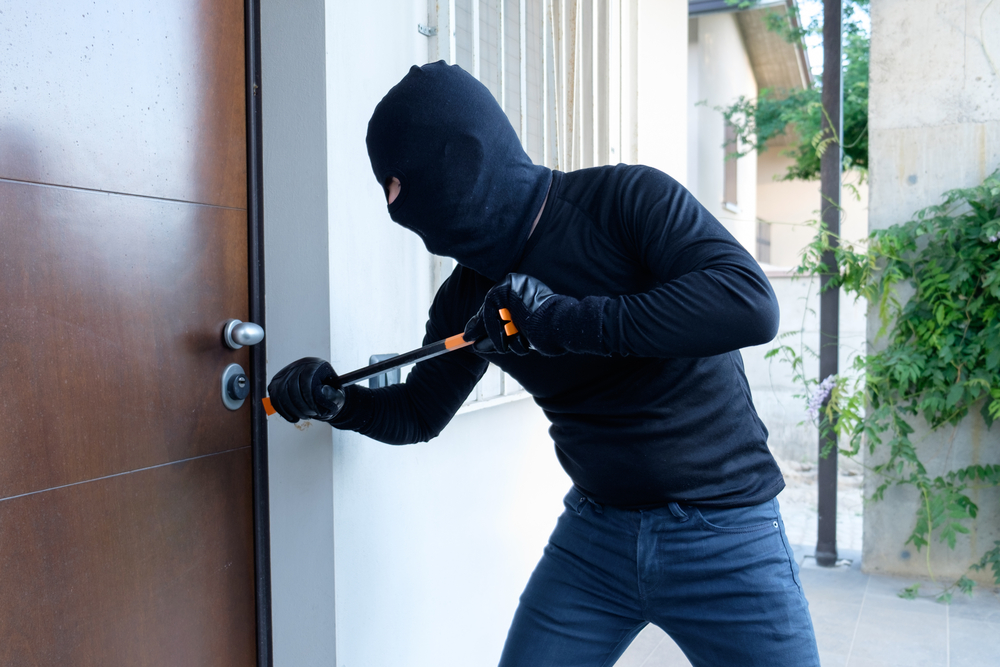Cylinder locks are vulnerable to lock bumping. You may be targeted by criminals (mostly burglars) using lock bumping as a means to gain access to locked doors if you have these locks.
While it might not be a completely new concept, lock bumping is now considered to be one of the latest trends in the criminal world. If you are yet to hear about this trend, it is important that you find out more about it, how it works as well as ways of preventing it.
Read on below to find out more about lock bumping and how you can keep it from happening to you.
What Is Lock Bumping?
In the simplest of terms, lock bumping can be described as a lock picking technique that is mostly used by criminals to unlock doors. To open a lock, this technique requires the person doing it to align the pins of a cylinder lock using what is referred to as a bump key.
How Does Lock Bumping Work?
The process of bumping a lock is quite simple. The person looking to bump the lock starts by inserting a bump key (which can be bought off the internet) into the lock. The burglar will then tap on the bump key over and over again – using a screwdriver or mallet – to align the pins in the lock. Once this happens, a simple twist of the key will open the lock.
It is worth noting that lock bumping does not leave any sign of forced entry.

How To Prevent Lock Bumping
- Bump-proof Locks: Most of today’s lock manufacturers now offer bump-resistant locks. You can use the small and unique markings (UL 437) on the keyhole to identify these high-security locks. Designed to be almost impossible to bump or pick, these locks do not come with pin tumbler locking mechanisms.
- Anti-lock Bumping Devices: If you are working with a limited budget, you can use any of the affordable anti-lock bumping devices available on the market. For instance, you can have a thumb turn guard installed on your lock. This device keeps the thumb turn on deadbolt locks from turning – making it impossible for the key (regardless of whether it is the correct one or not) to turn; thus, keeping the deadbolt from retracting into the lock.
- Keyless Deadbolt Locks: Using keyless deadbolt locks in place of regular cylinder locks is another great way of preventing lock bumping. When looking for the best keyless deadbolt lock, be sure to avoid anything that comes with a key cylinder. More importantly, you can get more security options with the higher-priced models.
- Home Security System: When it comes to burglary, no entry point is fully secure. However, you can use a comprehensive home security system, with a security camera covering the doors and windows, to further secure your home.
- Security Pins: Installing security pins in your locks can help make them harder to force open through lock bumping. These pins make it harder for burglars to bump locks by binding before reaching the shear line of the lock.
Is Lock Bumping A Security Threat?
Lock bumping can facilitate unauthorised access to your home, in a matter of seconds. Furthermore, this lock picking technique does not leave any signs of forced entry – meaning that insurance companies may be unwilling to cover any losses suffered as a result. As you can see, lock bumping is a major security threat, especially considering that it can be used to unlock most cylinder locks!
Hire Our Professional Locksmiths
Looking to secure your home with better security measures and high-security locks? Hire our professional locksmiths today! To book a service or find out more about how we can help you prevent lock bumping, get in touch with us at Casey Locksmiths.
Please call us today on 0416 161 332 or contact us through our enquiry form.

